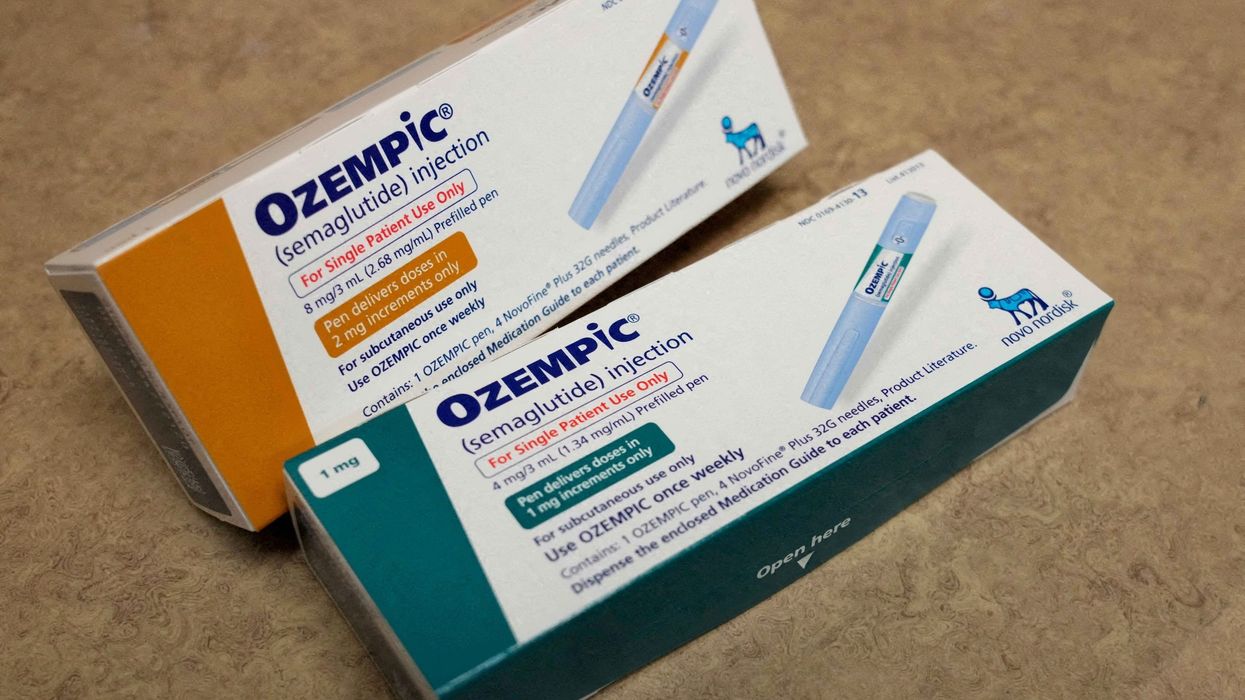Malcolm Harrison gives his take on the potential impact of hub and spoke dispensing on members of the CCA as well as the wider community pharmacy sector…
What community pharmacy in England needs right now is a shot in the arm, a booster if you like. We need something to break the seemingly endless cycle of having to deliver more and more for the same or, in real terms, considerably less funding.
It can feel at times that we are besieged on all sides. The Department of Health and Social Care (DHSC) are looking to reduce the cost of supply, and the NHS wants pharmacies to deliver more clinical care, from funding previously used to underpin the infrastructure of the network.
The Treasury are also putting the boot, with significant upward pressures on national insurance contributions, the living wage, pension contributions and the apprenticeship levy.
In addition, we have recently seen the introduction of new monies within the NHS to enable their Primary Care Networks to entice pharmacists to the green grass of clinic-based work (Monday to Friday 9-5 only please!) – even if this is not always the utopian reality found, once the fence has been jumped.
Changes in working habits, recently highlighted by HHE, coupled with Covid related absence, and the monumental effort to vaccinate the nation, have resulted in a huge squeeze on the availability of pharmacists.
This in turn has seen the biggest increase in locum rates in living memory, meaning that businesses cannot afford to invest in their teams and their assets as they would like to, and often need to.
But is there another way? Can the government, with one simple swipe of a parliamentary counsel’s quill, create the efficiencies and capacity, that the sector so desperately needs?
Unfortunately, I’m not so sure that it can. DHSC has recently launched its consultation on Hub & Spoke, looking to level up the playing field for all contractors by enabling the dispensing of medicines across legal entities.
At the Company Chemists’ Association (CCA), we welcome changes that enable pharmacy businesses to explore new business models and invest in technology. There is no hiding from the fact that advances in automation, digital technology and logistics mean that millions of people across England can now access many of their everyday goods and services without having to leave their own home.
The community pharmacy sector has a strong history of innovation and there are ways in which the current model of supply could be supported through the employment of recent technological advances.
Several of the established large organisations operating within the community pharmacy market have already invested in centralised, automated assembly. However, few of the owners of these facilities have rolled the model out across their entire estate. Even fewer have plans and funding currently in place to do so, but why?
Unsurprisingly, the upfront capital cost of setting up a large assembly facility is huge. Equally significant are the on going operational costs of maintaining the complex machinery. Any return on investment therefore takes many years.
Funding for community pharmacy was cut in 2016 and until as recently as 2019 it was only agreed year-on-year at best, and at times even in year. With the current five year Community Pharmacy Contractual Framework deal coming to an end, the certainty required to make such large investment decisions has not improved since the intention to make changes to hub & spoke legislation was first made.
While assembly at scale in a single location will likely bring down the unit cost of supply, this saving is negated by the set up and maintenance cost of the software and hardware that constitute the backbone of its infrastructure.
As well as the investment required in equipment and digital technology there is also an equally significant investment needed in people and time. Experience of operating such models has shown that the biggest challenges are often not in facilities and machinery, but in people, training, buy-in and behaviours.
Any payback on such investments is also limited by the margin available in the current model of supply. The current value of the Single Activity Fee means that supply within the existing infrastructure is only just viable.
There simply just isn’t any meat left on the bone. We all hope that the next framework deal will be better for pharmacy owners when compared to the current one, but I doubt that many businesses would bank on it.
In my opinion, the elephant in the room of the current consultation is the fact that once the initial investment barrier has been overcome, and the assembly of medicines is being delivered in a central location, pharmacy businesses will still need a way to keep pharmacies open. Put simply, dispensing hubs remove workload, but also strip funding.
If assembly operations, and the funding for them, are moved off-site, pharmacies will need new and additional opportunities to earn the revenues required to remain open in the communities that they care for.
The good news is that the current framework contains several potential opportunities to earn through the delivery of clinical services, such as the CPCS, DMS, Blood Pressure and the expanded NMS.
The problem is that the volumes associated with these services do not allow the level of activity, and remuneration, to support the existence of a pharmacy team in a pharmacy, without the funding linked to supply. If the DHSC and the NHS are serious about releasing capacity, they could do worse than commissioning a self-referral, ‘walk-in’ CPCS, akin to the ‘Pharmacy First’ model in Scotland.
The way in which patients and the public want to access their healthcare is changing. These changes often mirror changes seen in other consumer driven markets within modern society. There is clearly a role for the greater use of automation and technology in the supply of NHS medicines by community pharmacies.
The experience of those businesses that have invested in this functionality so far is that the benefits come from released capacity and not cost saving. There is still a great deal of enablement required if the concept is to be more widely adopted and rolled out at scale.
Contractors also need assurances to enable them to make the changes required, including the opportunity to use any capacity released to deliver additional, equitably remunerated, services. The expectation cannot be that a sector which is already running at a loss, can do even more, for the same level of funding.
(Malcolm Harrison is chief executive at Company Chemists’ Association.)











